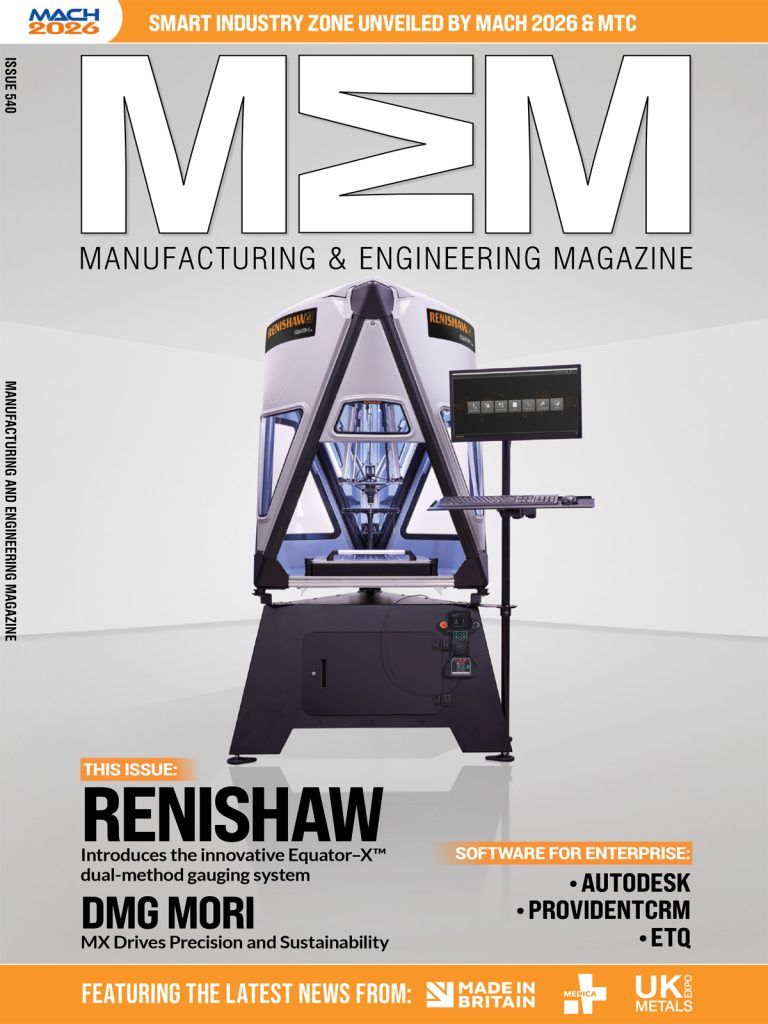Dawn Aerospace and Scout Space have successfully completed their first demonstration flight using a sub-orbital spaceplane, marking a major milestone in space domain awareness (SDA) technology. The flight showcased the integration of Scout’s ‘Morning Sparrow’ sensor suite aboard Dawn’s supersonic Aurora platform, paving the way for rapid, cost-effective SDA capabilities from near-space altitudes.
The Aurora spaceplane launched from a conventional runway at Tāwhaki National Aerospace Centre in New Zealand.
This flight also marks Scout as the first commercial operator to fly on Dawn Aerospace’s Aurora, a rocket-powered high-altitude aircraft, under a strategic partnership in which Scout will develop a first-of-its-kind tactically responsive Very Low Earth Orbit (VLEO) space domain awareness capability. The combination of supersonic flight testing and runway-based operations gives Scout an accelerated path to proving new SDA technologies that are easier, more repeatable and more affordable.
‘Morning Sparrow’ flew to a maximum altitude of 67,000ft, and maximum speed of Mach 1.03. In follow-on flights, Morning Sparrow’s sensor suite will then be used to gather data and demonstrate the sensor’s capability to track and image VLEO objects from below, offering a responsive platform for urgent, time-sensitive intelligence-gathering and a cost-efficient alternative to conventional satellite-based SDA.
“Rapidly deployable, high-performance, high-altitude platforms are notoriously few and far between.” said Philip Hover-Smoot, CEO of Scout Space. “Accelerating flexible access to VLEO represents a leap forward in how we think about taskable surveillance and space security in rapidly evolving low orbit environments, and unlocks new options for operators looking for otherwise limited intelligence products across the increasingly important VLEO regime.”
The sensor, housed in the Aurora’s payload bay, was accessible up to moments before flight showcasing the ease of integration, rapid access, and easy hardware adjustments for space-class optics into aircraft-grade environments. Shortly after Aurora landing back on the runway, the crew had already begun transferring flight data, demonstrating the kind of rapid turnaround and responsiveness critical for SDA missions.
“This is exactly what the Aurora is designed for – repeatable, tactical access to near space, supporting payloads that can’t wait months or years for launch,” said Stefan Powell, CEO of Dawn Aerospace. “We believe spaceplanes can and will play an integral role in the future of responsive space operations by complementing traditional SDA assets.”
Scout and Dawn will continue their collaboration with a contract in place allowing Scout the option to fly Sparrow on Aurora for up to 30 flights.
In parallel, Scout is developing two GEO-class Owl flight units for long-range object detection and autonomous SDA – extending its hosted-sensor heritage into full spacecraft operations.
By enabling high-cadence VLEO observation from suborbital altitudes, Scout’s approach could dramatically change how space is monitored by governments and commercial operators. Scout Space is well placed to lead this shift, demonstrating how urgent intelligence gathering for time-sensitive situations can be done faster and more flexibly than ever before.
Scout Space was founded in 2019 with the mission to enable a new era of space safety and transparency. Scout’s in-space products and services, first launched in 2021, allow spacecraft to see and understand things around them. The orbital distributed sensor network developed by Scout will significantly improve Space Domain Awareness (SDA) and ensure responsible use of the space environment. The company is a Techstars, MassChallenge, and venture-backed startup with ongoing government and commercial contracts. Scout holds the Established® 2021 Startup of the Year title.
Dawn Aerospace is developing the fastest and highest-flying aircraft ever to take off from a runway, combining the extreme performance of rocket propulsion with the reusability of conventional airplanes to enable high-frequency, low-cost access to high altitudes and space. In 2024 its flagship aircraft, the Mk-II Aurora spaceplane, broke the sound barrier, reaching Mach 1.12 at 82,500ft, and set a record for the fastest climb to 65,600ft.
Dawn’s remotely piloted aircraft are certified under New Zealand’s CAA Part 102 and the New Zealand Space Agency’s High Altitude License, allowing flight from the ground to beyond 60,000ft, well above conventional airspace limits.
Dawn’s founders recognised the potential of applying aviation-style operations to spaceflight, delivering routine, runway-based access to space with rocket-powered aircraft. In addition to its spaceplane program, Dawn Aerospace is a leading provider of propulsion systems for satellite developers, with its technology currently on 35 operational satellites.
Manufacturing & Engineering Magazine | The Home of Manufacturing Industry News










